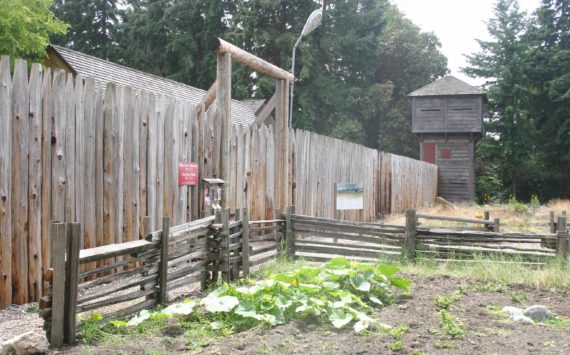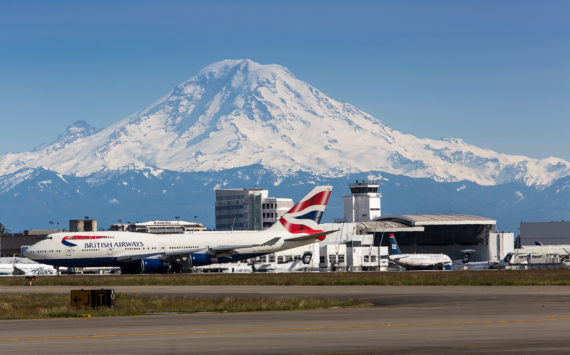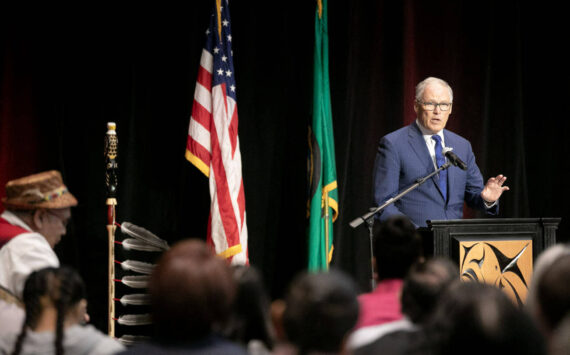Economic growth, lower fuel prices boost traffic through main corridors
OLYMPIA – More travelers hit the road on state highways last year, according to the Washington State Department of Transportation’s multimodal 2016 Corridor Capacity Report.
Signs of a growing economy are reflected as the collective number of vehicle miles traveled on state highways reached a new high in 2015, with 33.3 billion – an increase of 5.3 percent from 2013 to 2015. Similarly, passenger vehicle registrations in the state increased 8.3 percent while the number of licensed drivers increased 4 percent between 2013 and 2015.
“As our state continues to experience significant economic and job growth, this report is an important tool to understanding all modes of travel along key corridors. This information helps us to collaboratively manage and use capacity within these corridors to give Washingtonians more transportation choices,” said Secretary of Transportation Roger Millar. “By working with our transportation partners we’ve increased the productivity and overall use of high-occupancy vehicle lanes for carpoolers, vanpoolers and transit.”
The number of miles transit riders traveled during daily peak periods increased 6 percent statewide, from 1.16 million miles in 2013 to 1.23 million miles in 2015. On average weekdays, transit moved four general purpose lanes full of cars (48,730 people) on Interstate 5 between Federal Way and Everett during morning and evening peak periods.
The multimodal Corridor Capacity Report is available online: www.wsdot.wa.gov/accountability/congestion/.
Congestion increased on three of the five monitored freeway corridors in the central Puget Sound region, with an uptick on I-5, Interstate 405 and Interstate 90. Tolling and carpooling reduced congestion on State Route 520 and State Route 167 by 62 percent and 2 percent, respectively, in 2015 compared to 2007 pre-recession levels.
HOV lanes accounted for more than a third of all travel on central Puget Sound region freeways in 2015.
WSDOT Incident Response teams responded to 16.3 percent more incidents (50,092 total) in 2015 than in 2013, with an average clearance time of 12 minutes and 45 seconds in 2015. Proactive work by response teams meant fewer delays for freight haulers and commuters, which provided an estimated economic benefit of $80.2 million in 2015.
Annual ridership on Washington State ferries increased 5.9 percent, up from 22.5 million in 2013 to 23.9 million in 2015.
– Washington State DOT







